Kir royale: France
This sweet cocktail is an upgrade from the already popular French cocktail Kir. The Kir originated in Burgundy and was made famous by the Mayor of Dijon, Canon Félix Kir. It is a traditional aperitif, combining dry white wine with crème de cassis, a dark, sweet blackcurrant-flavored wine. The Kir Royale, on the other hand, is more refreshing because it uses champagne instead of the original white wine. It is said that the Kir Royale was Canon Félix Kir's favorite cocktail, as it was often served as a popular aperitif at official state receptions hosted by the Canon.
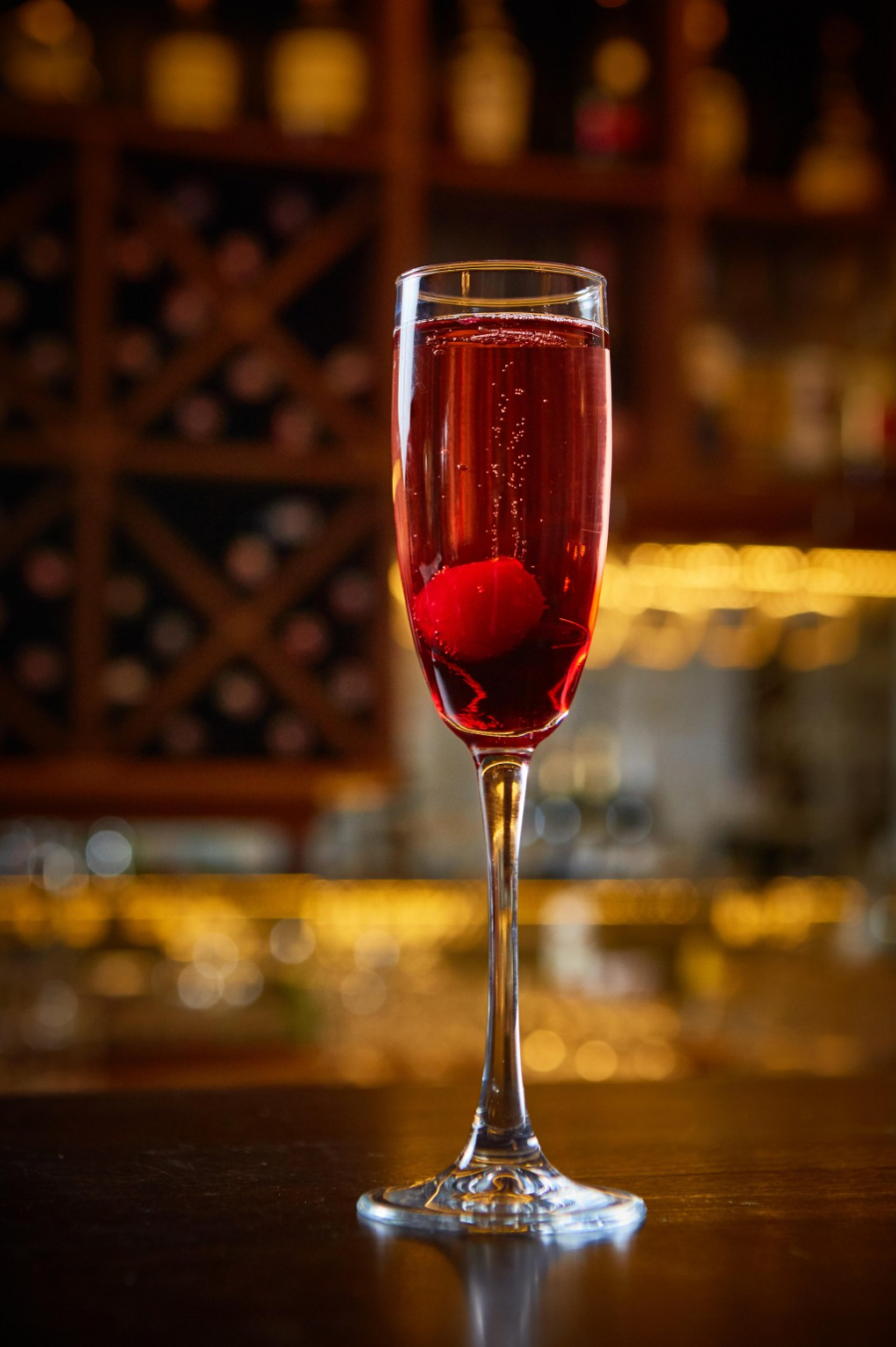
Sangria: Spain
Sangria's origins can be traced back to ancient Greek and Roman civilizations, where wine was mixed with sugar and spices. But today, this famous cocktail is associated with Spain. In the past, when the Romans occupied Spanish territory around 200 BC, they brought wine and grape varieties to grow here. Later, the grape growing industry flourished in the Mediterranean region, becoming the premise for the flourishing of the Spanish wine industry. At that time, water was not safe to drink, so many other drinks were created, including Sangria. Sangria is actually a variation of Spanish, with"sangre"Sangria means blood and is typically made with red wine, brandy, spices, and fruit. For a more unique experience, try sangria blanca (made with white wine) or sangria de cava (a bubbly version made with sparkling wine).
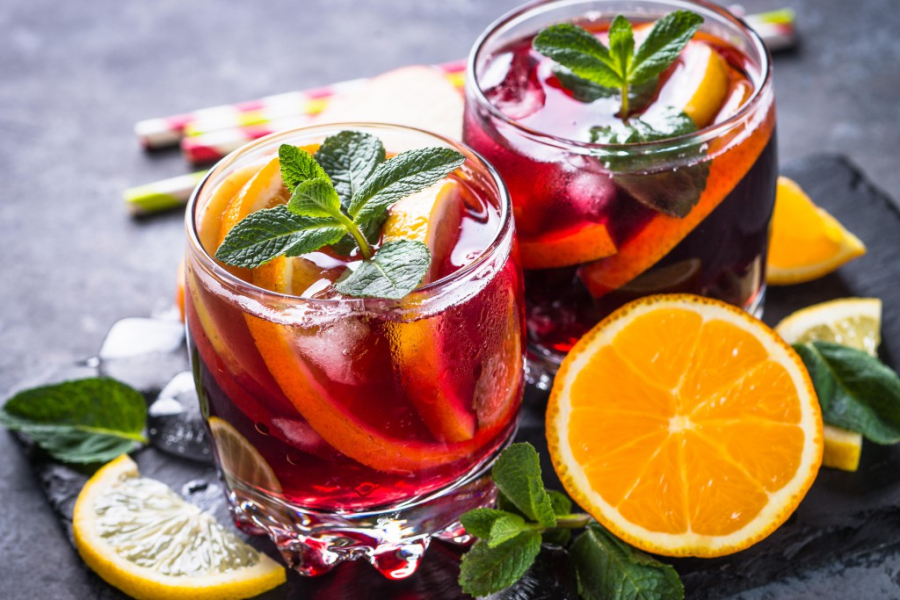
Pisco sour: Peru
The main ingredient of the drink is a spirit called Pisco. Although there is much debate over which country owns the copyright to the Pisco Sour cocktail, most agree that it is a typical Peruvian drink and not of Chilean origin, as it originated in Peru in the 16th century. In the past, Peru was invaded by the Spanish, who brought grapes and planted vineyards to create their own distinct distilled spirits. In the 1920s, the modern pisco sour cocktail recipe, which combines egg whites, lemon, and bitter orange peel, was created by Victor Vaughen Morris in a bar in Lima. In 2013, the European Commission officially declared Peru the owner of the pisco sour. Since then, the first Saturday of February has been designated as "Pisco Sour Day" every year to honor the delicious taste of this cocktail.
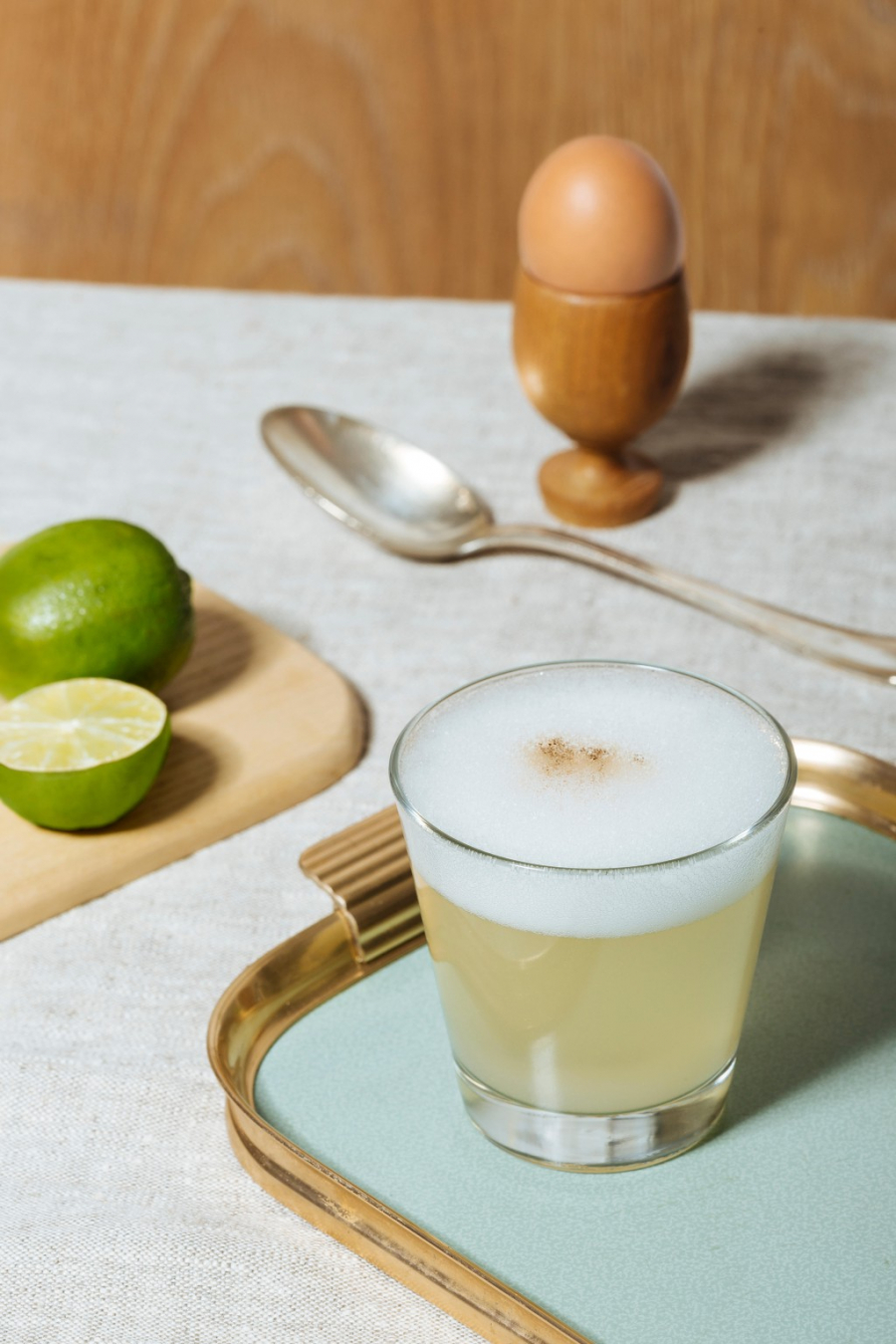
Sazerac: New Orleans
The Sazerac was officially declared a New Orleans signature liquor in 2008, but few people know that this cocktail has its origins in the 19th century. In the 1830s, Antoine Amédée Peychaud, who ran an apothecary, began serving his first customers drinks made from his family's secret recipe of bitters and cognac. The drink became so popular that a bar called the Sazerac Coffee House bought the rights to Peychaud's recipe and changed the cognac to Sazerac whiskey. And while the recipe for the Sazerac cocktail has changed over the years, its seductive and powerful flavor has remained the same.

Pimm's: London
Pimm's - a gin-based cocktail - was originally used as a tonic but quickly became a phenomenon. In the 1840s, fishmonger and landowner James Pimm began marketing his "health" drink. Over the next 20 years, Pimm's grew in popularity as a fun alcoholic beverage. By 1859, Pimm's was widely available and soon reached international waters in countries such as the UK, Australia, India, Canada and the Caribbean. Every year, around 200,000 Pimm's cocktails (made by mixing gin with lemon juice) are consumed at Wimbledon in just two weeks.
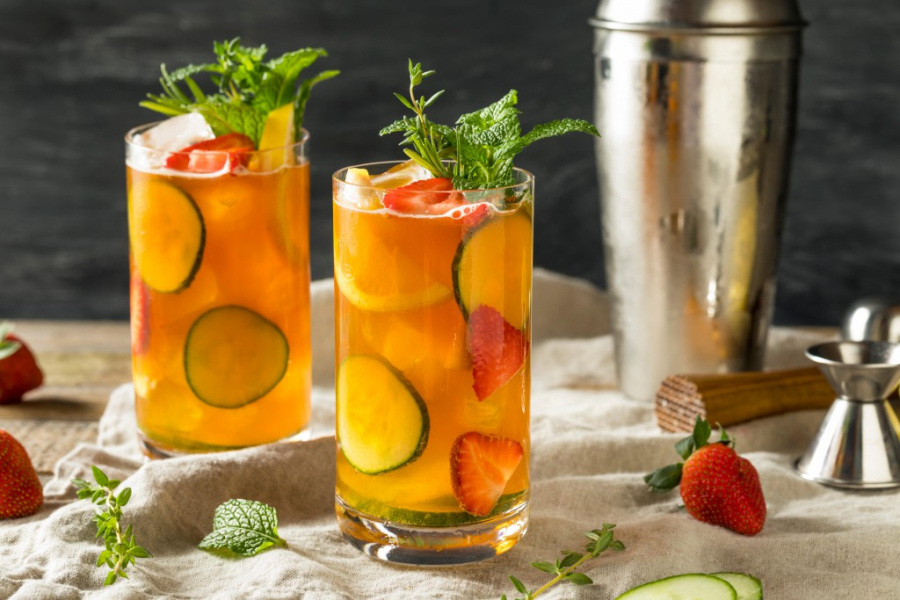
Aperol Spritz: Venice
Many people will be surprised to know where the Aperol Spritz originated, but the Venetians have been sipping this sweet, fizzy cocktail for decades. At the time of the Napoleonic Wars, Austria-Hungary occupied the Veneto region in Northern Italy, which is how the German "spitz" arrived in the area, modified by adding a little water to Italian wine. In 1919, when the Aperol cocktail recipe was created, it was mainly promoted to women who exercised because of its low alcohol content, and it quickly became a popular cocktail. In the 1950s, Aperol was specially formulated to become the Aperol Spritz.
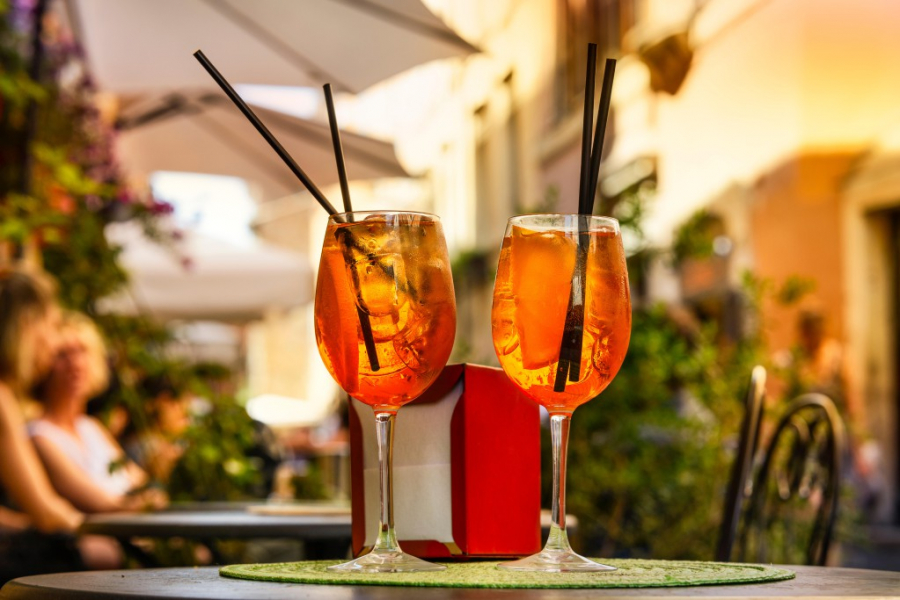
Black russian: Belgium
Strong, mysterious and dreamy - although called the Black Russian cocktail, this drink was actually invented more than 1,000km away from the Russian capital. In 1949, in Belgium, bartender Gustave Tops created a signature drink for the US Ambassador to Luxembourg, Perle Mesta. The combination of vodka and coffee liqueur gave rise to the name "Black Russian" because of its color and the use of vodka - a famous Russian drink.

Cosmopolitan: New York
Despite being a latecomer to the bar scene, the Cosmopolitan has become a popular drink and is now featured on most cocktail menus today. Launched in the late 80s and cemented its position throughout the 90s, the vodka and cranberry drink is said to be a favorite and popular drink in Miami Beach and Provincetown, Massachusetts. People tend to want a drink that has the class of a martini but is easier to drink, so there is no better choice than the Cosmopolitan. In addition, its popularity has been amplified since its appearance on the TV series "Sex and the City".

Mojito: Havana
The Mojito had humble beginnings and was not the classy cocktail we know today. The cocktail was a creative mix of cheap but potent rums found all over Cuba. To make their drink more palatable, the locals in Havana would add lime juice, sugarcane juice and mint to the Mojito mix. It later became a worldwide favorite when the US embargo on Cuba was lifted and Americans were the first to “fall in love” with the Mojito.
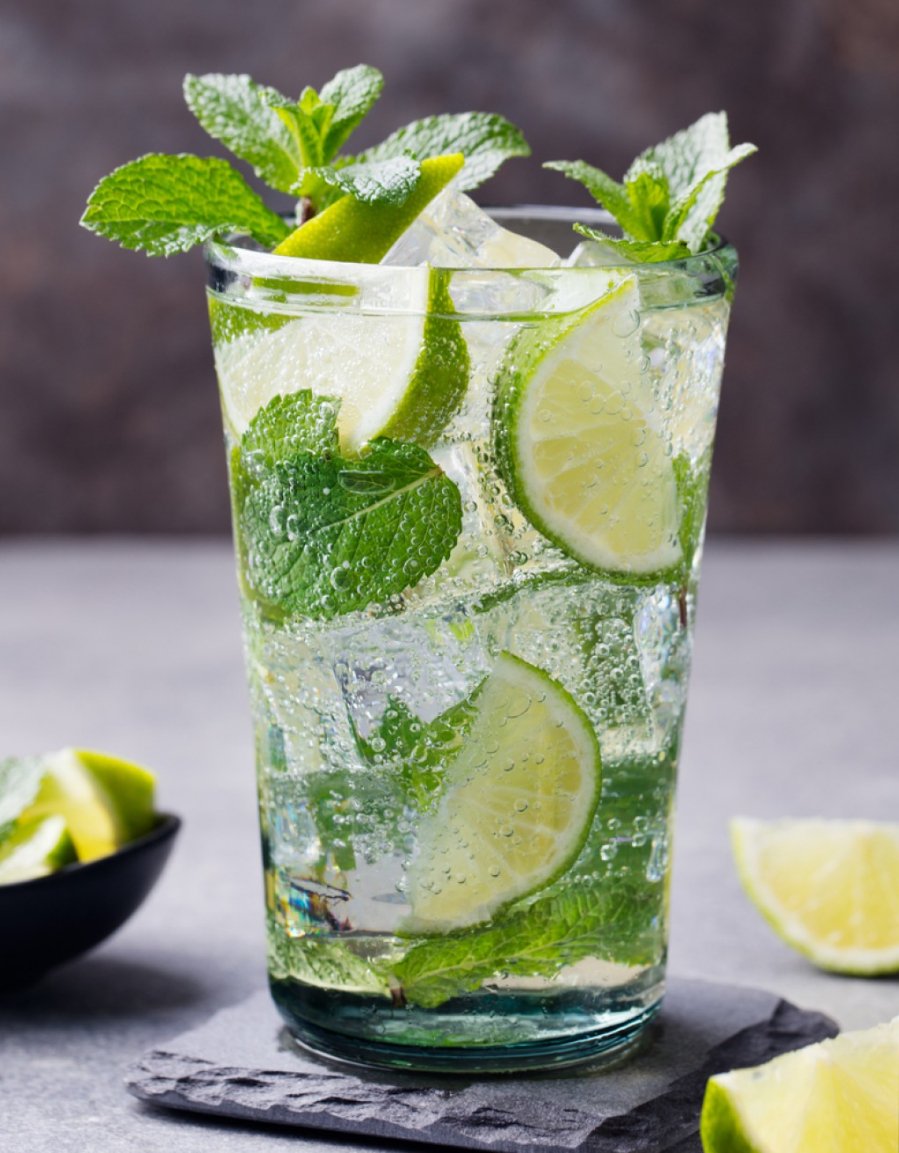
Singapore Sling: Singapore
This colorful fruit cocktail was created with women in mind. In 1915, Ngiam Tong Boon, a bartender at the Raffles Hotel in Singapore, noticed that while gentlemen often drank gin and whisky in bars, women were not allowed to drink alcohol in public. Instead, many women had to choose tea or juice. And that's why Boon created the Singapore Sling, covering gin and liqueur in a juice-based cocktail that was suitable and easy for women to drink. It's for this reason that the Singapore Sling has become the island nation's signature cocktail.
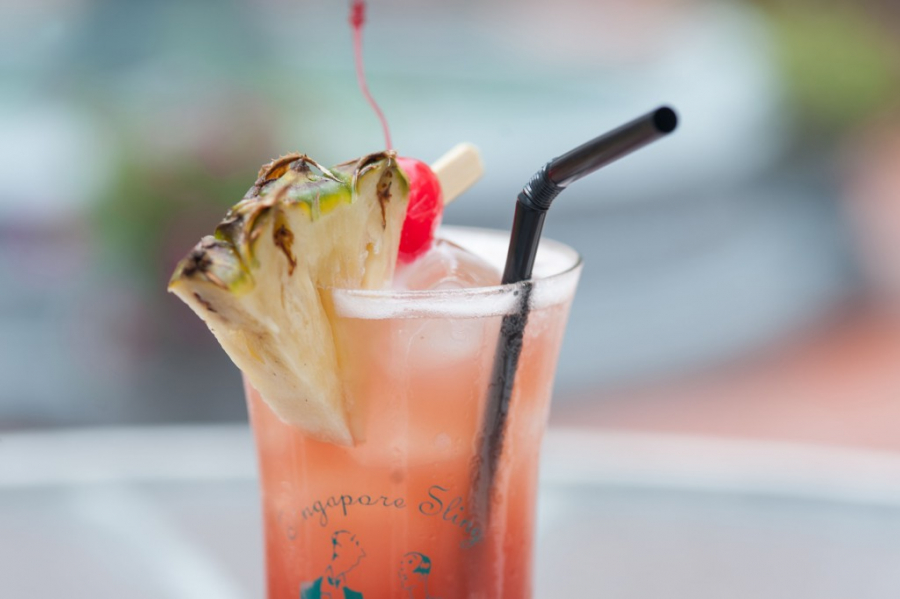
Margarita: Mexico
No one really knows who invented the Margarita, but it's safe to say it originated in Mexico. There are quite a few legends about it! One story says that a bar owner from Tijuana, who created the first margarita, wanted to appease a dancer who only drank tequila with a mild cocktail. Another story says that a well-connected Texan woman named Margaret Sames, aka Margarita, brought the drink to lavish parties she attended, helping to popularize it. The Margarita cocktail is so popular that it has its own national day in Mexico, celebrated on February 22.






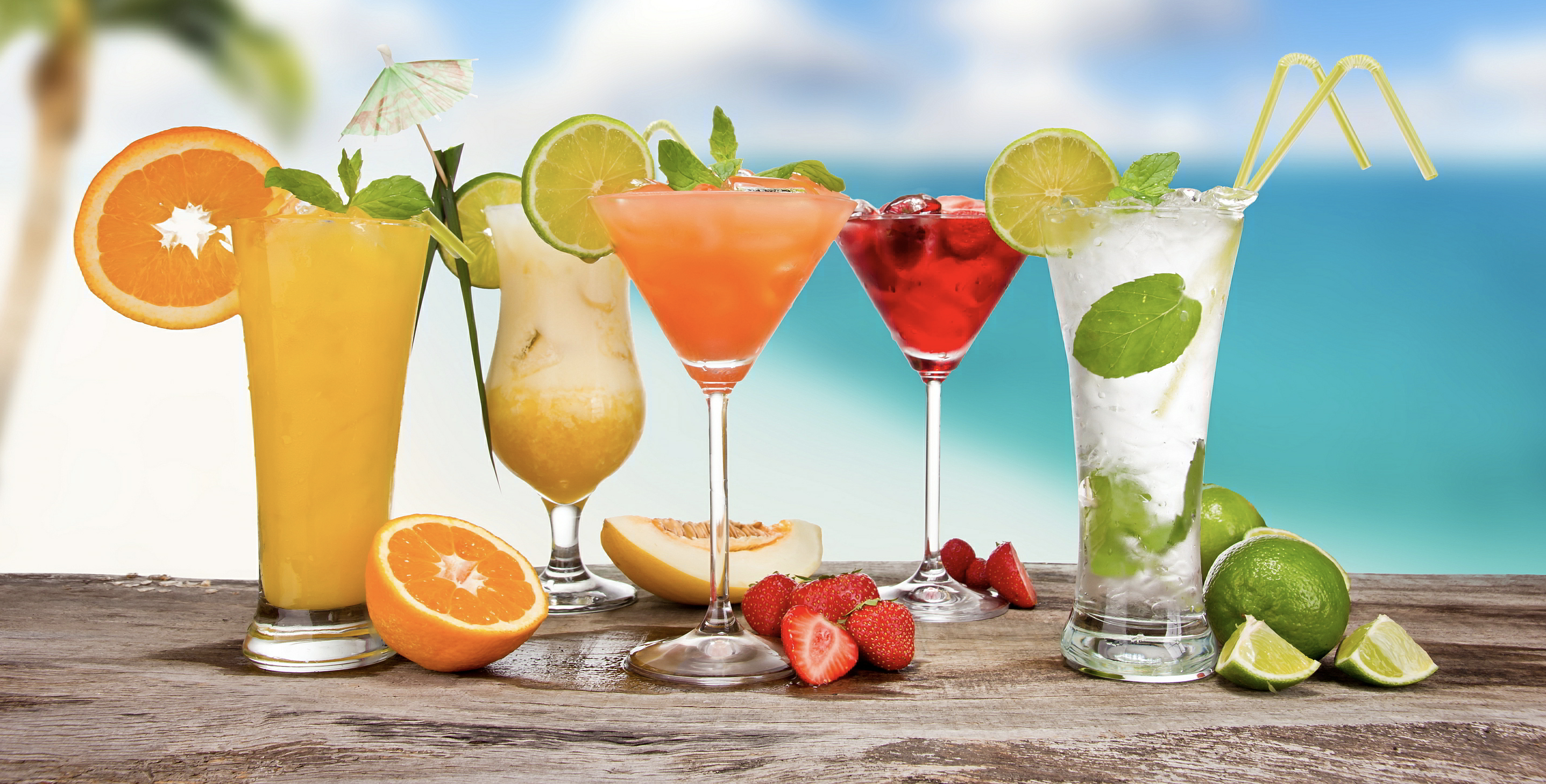












.jpg.jpg)


.jpg.jpg)




.jpg.jpg)






